SUMMARY
This is AI generated summarization, which may have errors. For context, always refer to the full article.
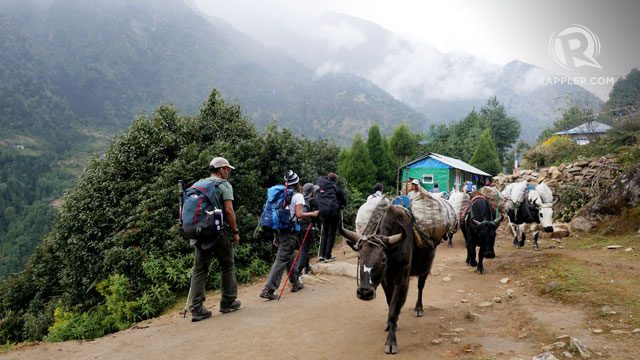
NEPAL – If you’re wondering where to go next, Nepal – home to 8 of the tallest peaks in the world – should be on top of your list. (READ: Backpacking 101: Life lessons and new experiences)
This South Asian country is a mountainous region that shares borders with China and India. Located in the Himalayan range, Nepal is the home of the mighty Mount Everest (called Sagarmatha in the Nepali language).
Nepal’s luscious terrain is not just for veteran adventurers. Whether you’re a hardcore backpacker or a leisure traveler craving a different experience, Nepal will amaze and inspire you. Here’s why:

It caters to adventurers of all levels
Since it opened its borders to tourists in the 1950s, Nepal has become the most popular gateway to the icy, rigorous peaks of the Himalayan range.
Until now, these mighty mountains are the biggest tourist draw for thrill seekers who live for technical rock-and-ice climbing. But even novice trekkers can enjoy Nepal’s lush, well-preserved trails and national parks.
During the summer (April-May) and fall (September-October) climbing seasons, the Great Himalaya Trail gets pretty busy. Expect to meet adventurers of all shapes and sizes: senior citizens and teenage trekkers are not an uncommon sight.
As long as you’re physically fit and exercise regularly, the daylong hikes reaching altitudes of up to 4000 meters above sea level would not be a problem.
If it’s your first time to go on a wilderness trek, Nepal is also the perfect place to get ready from head to toe – literally.
Kathmandu’s Thamel district is a backpacker’s paradise, where every kind of outdoor gear imaginable is sold for really affordable prices (just don’t forget to haggle). At the end of your trip, you’ll go home not just with wonderful memories, but also a beefed-up arsenal for your other adventures around the globe.
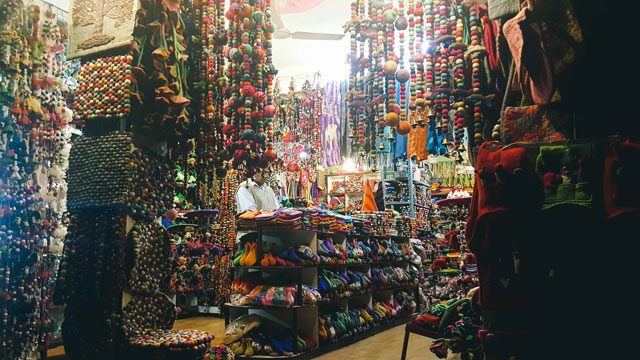
Ancient temples and palaces still stand right in its capital
For most backpackers, it’s typical to spend a couple of days before and after your adventure in the capital city of Kathmandu. It’s a must to make time to visit the various Hindu temples, Buddhist stupas, and ancient palaces to learn about Nepal’s culture and history (the saga of their monarchic past is Game of Thrones material). From Kathmandu, the easiest destinations to visit are the Patan Durbar Square, Boudhanath, Swayambhunath (Monkey Temple), and Bhaktapur City.
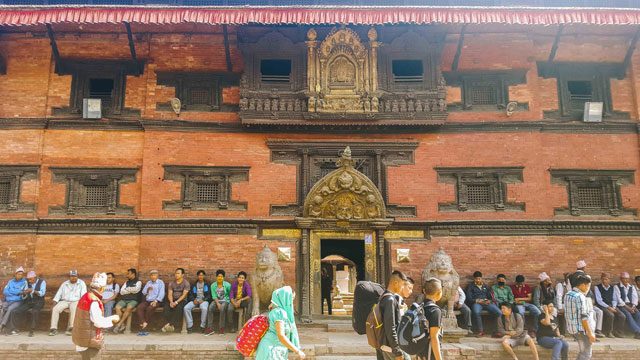
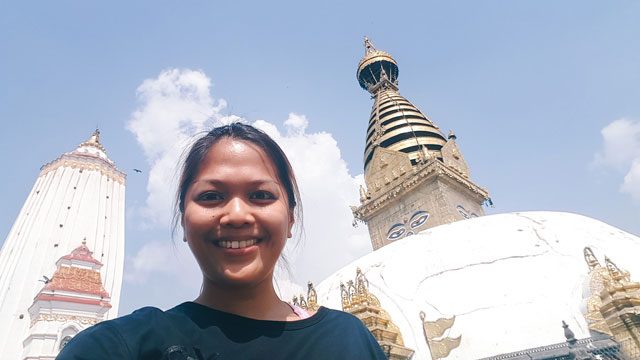
Just bear in mind that most of these structures have been greatly or partially wrecked by the massive April 2015 earthquake. Still, they are worth seeing and experiencing up close.
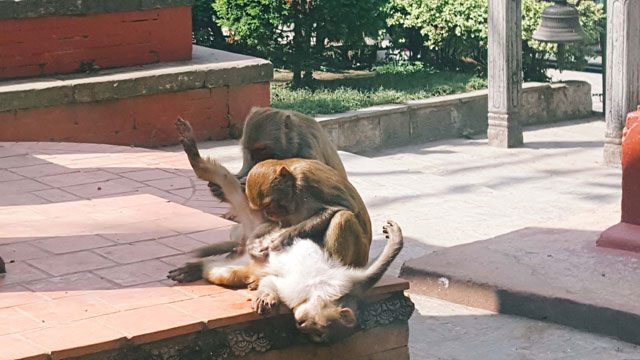
If you have more than a couple of days to spare, you can make a side trip to the holy site of Lumbini, the birthplace of Buddhism and Gautama Buddha himself.
Tourism will help rebuild the lives of those affected by the earthquake
In April and May 2015, a massive earthquake and aftershock struck Nepal, destroying houses, buildings, and ancient structures. In the Himalayas, an avalanche claimed lives and temporarily halted expeditions. Many Sherpas, porters, and their families were affected.
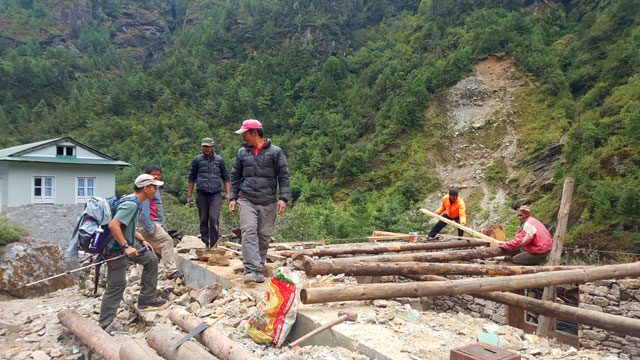
Families in the mountainside earn primarily by managing teahouses, where mountaineers spend the night to rest and refuel. Breadwinners make a living by being porters and trained Sherpas, or mountain guides. These Nepalis need to sustain their living to fully rebuild their schools and houses. But without tourists, they have nothing.
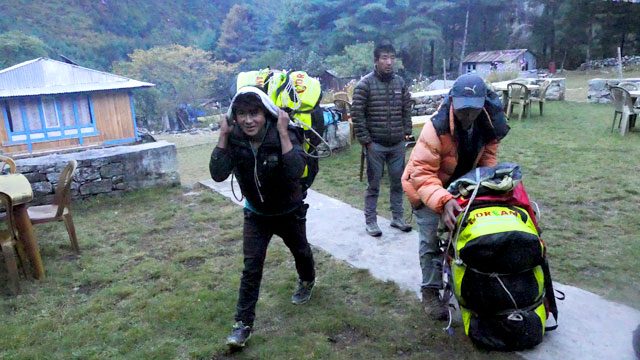
The safest and easiest way to plan your trek or expedition and to help Nepal is to arrange your trip through a local adventure company. These experienced outfitters will take care of everything from booking hotels and teahouses to domestic flights, to insurance, accommodations, and daily meals.
Outfitters also take care of hiring your porters and climbing guide Sherpas. Aside from guaranteeing a good stream of income for the locals, your outfitter will ensure that you are safe and accompanied throughout the trip.
It’s an authentic yet convenient backpacking experience
Northern Nepal’s Great Himalaya Trail is one of the best trekking destinations in the world. You can walk for days and days in cool weather, surrounded by nothing but big mountain walls and dense fir forests.
You’ll cross long suspension bridges over mint-colored rivers, where the view will be so spectacular that you’ll forget to be scared of the sheer drop beneath. You’ll meet dzo (a hybrid of a yak and a cow), ravens, and goats. Red-cheeked children will offer you flowers and ask for crayons or chocolate.
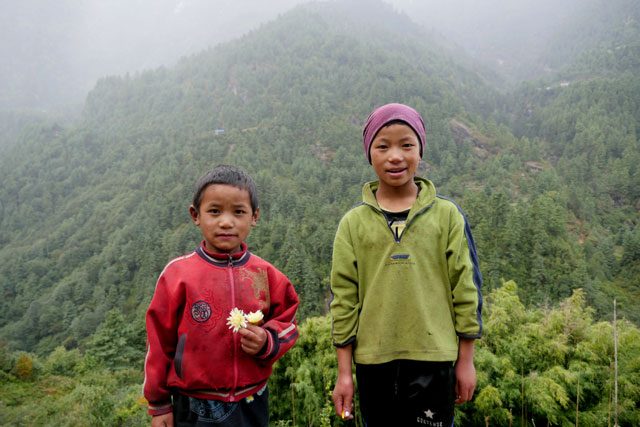
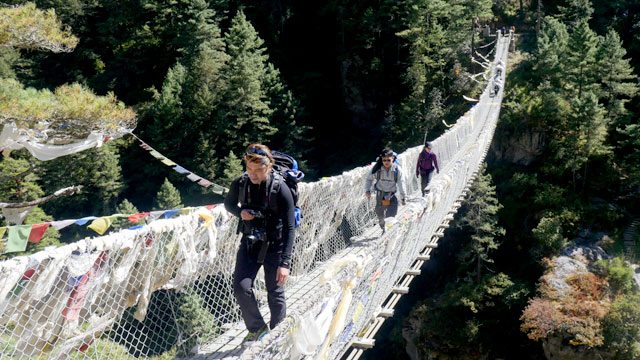
The rugged experience is complemented by unexpected comforts. Many locals can speak and understand English, so it is easy to ask for what you need. At designated stopovers, you can enjoy a night’s rest in a cozy teahouse, or set up your tent in the backyard.
You can load up on Dhal Bhat, the staple meal of Sherpas, or even yak steak, if it’s available. In the high village of Namche, you can fill up your duffel with genuine yak wool scarves, Tibetan prayer rugs, and other souvenirs. On your way home, you can even enjoy a shot of whiskey in an Irish-themed pub.
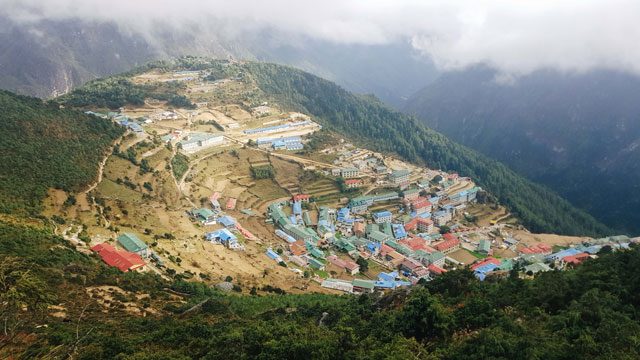
One important thing to remember is that running water is not for drinking in Nepal. Bring a portable UV purifier in your pack, or make sure you have enough cash to pay for bottled/boiled water throughout your trek.
It’s your chance to see Mount Everest in the flesh
Even if you’re not trekking all the way to the Himalayan ranges or the Everest Base Camp, you will still be able to view the mighty ice-capped summit of Everest along the “easy parts” of the trail.
It’s your chance to take a selfie with the highest peak in the world. And it’s a humbling, unforgettable experience.
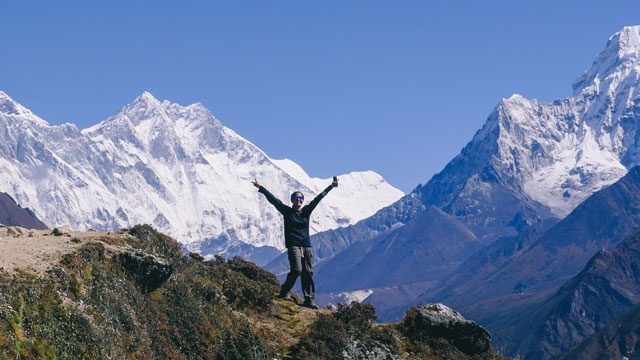
Nepal is the perfect destination for culture, nature, and adventure. When you reach the end of your trail, you will feel the urge to go further and higher on your next visit. – Rappler.com
Excited to start planning your Nepal trip? Dream Himalaya Adventures has partnered with various Filipino expeditions to the Himalayas.
Add a comment
How does this make you feel?
There are no comments yet. Add your comment to start the conversation.